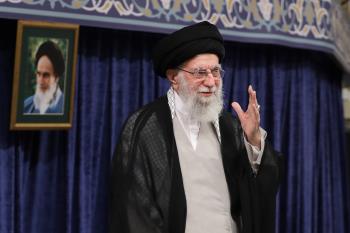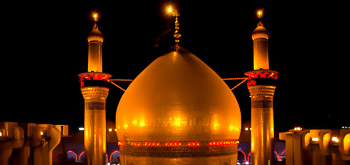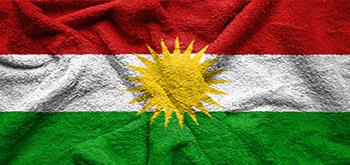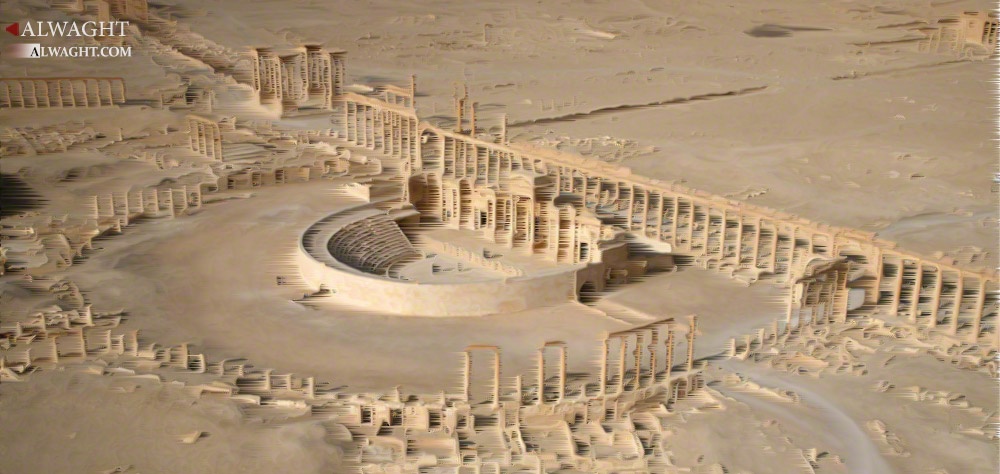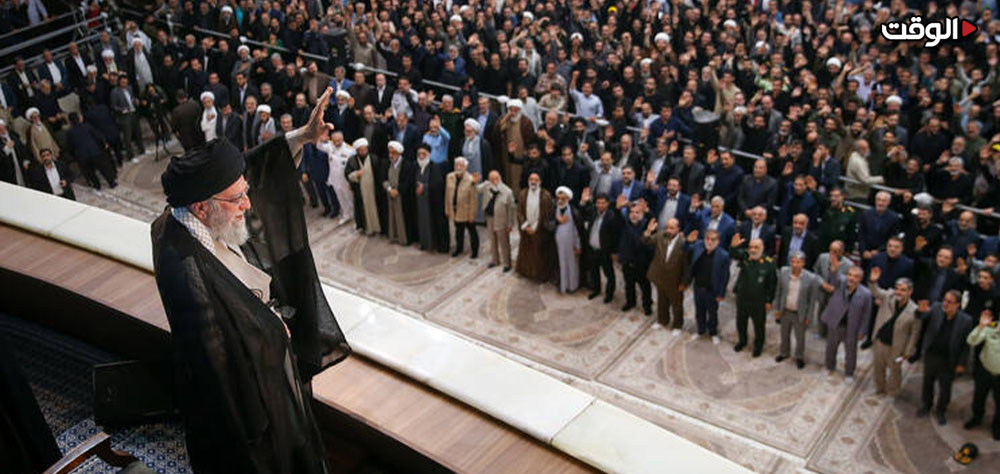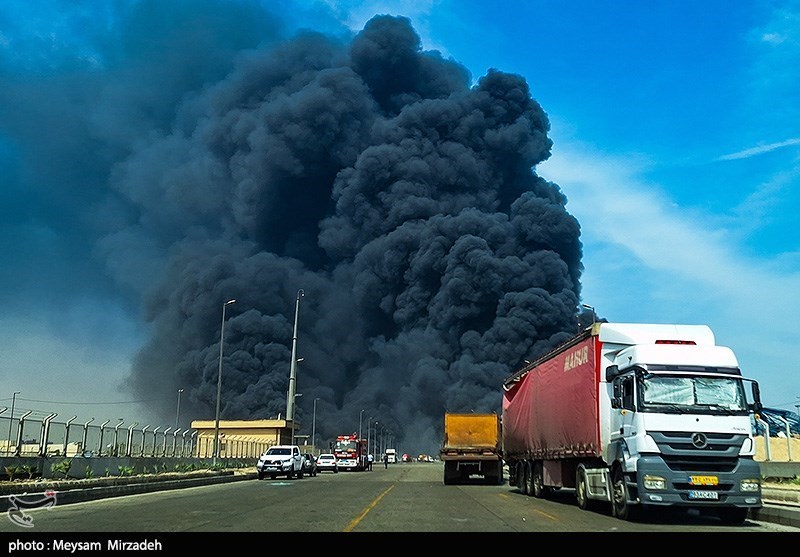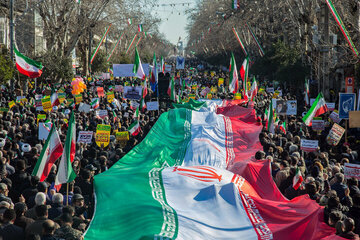War in West Asia literally Eradicated civilization in the countries involved. Terrorists who have got no understanding from culture and history, destroyed any trace of civilization, including precious historical sites in their ruling areas. Following images demonstrate demolished or mainly damaged ancient sites in Syria, Yemen, Iraq and Afghanistan.
Palmyra, Syria — An ‘oasis in the Syrian desert‘ according to UNESCO, this Aramaic city has stood since the second millennium BC and featured some of the most advanced architecture of the period. The site subsequently evolved through Greco—Roman and Persian periods, providing unique historic insight into those cultures. ISIS now controls the ancient city and has destroyed shrines, temples and monuments.
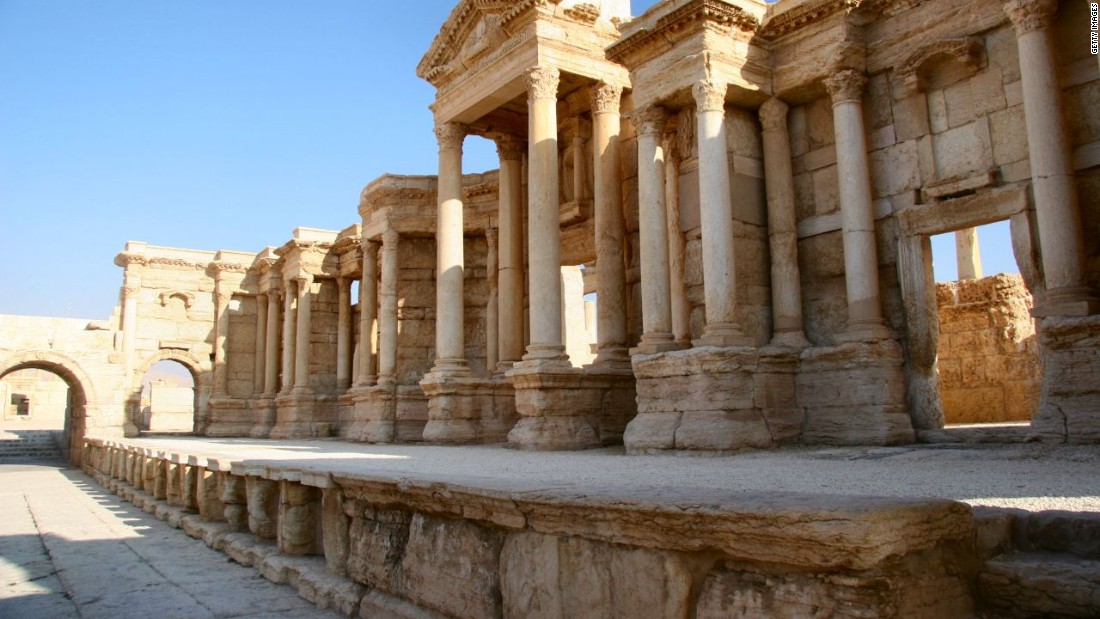
Great Mosque of Samarra — Once the largest mosques in the world, built in the 9th century on the Tigris River north of Baghdad. The mosque is famous for the Malwiya Tower, a 52—meter minaret with spiraling ramps for worshipers to climb. The site was bombed in 2005 in an insurgent attack on a NATO position, destroying the top of the minaret and surrounding walls.
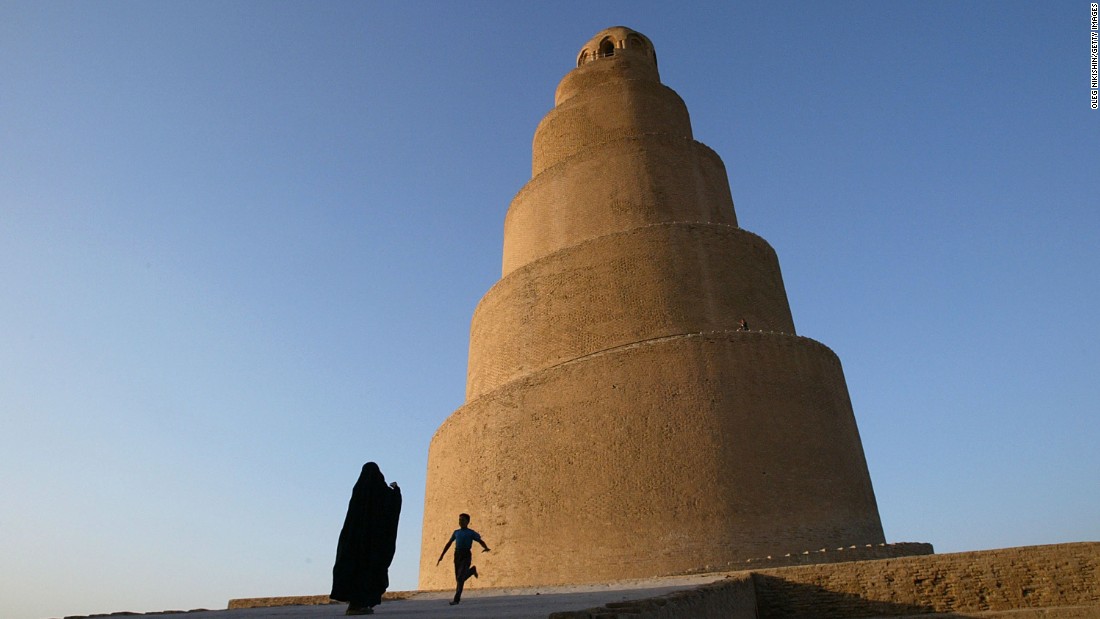
The Buddhas of Bamiyan, Afghanistan — The most spectacular legacy of Buddhism in the war—torn country, among the tallest standing Buddhas in the world — the larger at 53 meters, the other 35 — had survived over 1,500 years since being carved out of sandstone. The Taliban considered the monuments idolatrous and destroyed them with dynamite.
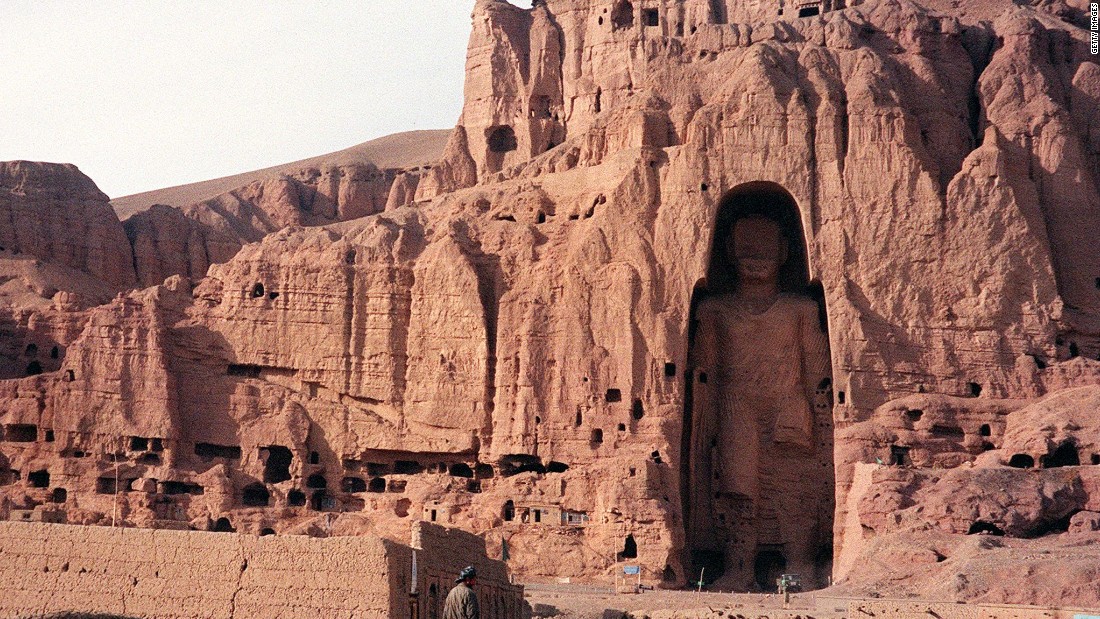
Sanaa old city, Yemen — Yemen's capital city of Sanaa has seen several suicide bombings for which ISIS claimed responsibility, and air strikes by the Saudi-led coalition — although it is unclear who is responsible to the latest damage. These have affected both the old fortified city — inscribed on UNESCO's world heritage list since 1986 — and the archaeological site of the pre—Islamic walled city of Baraqish, causing “severe damage, “according to UNESCO itself.
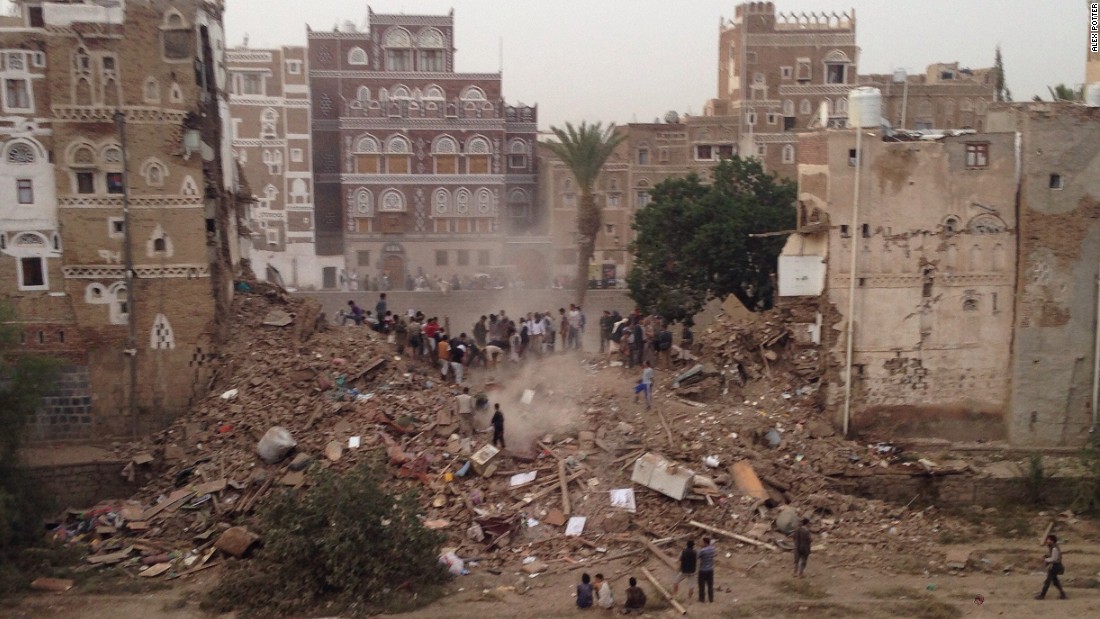
The ancient city of Basra, Syria — continually inhabited for 2,500 years, and became the capital of the Romans‘Arabian empire. The centerpiece is a magnificent Roman theater dating back to the second century that survived intact until the current conflict. Archaeologists have revealed the site is now severely damaged from mortar shelling.
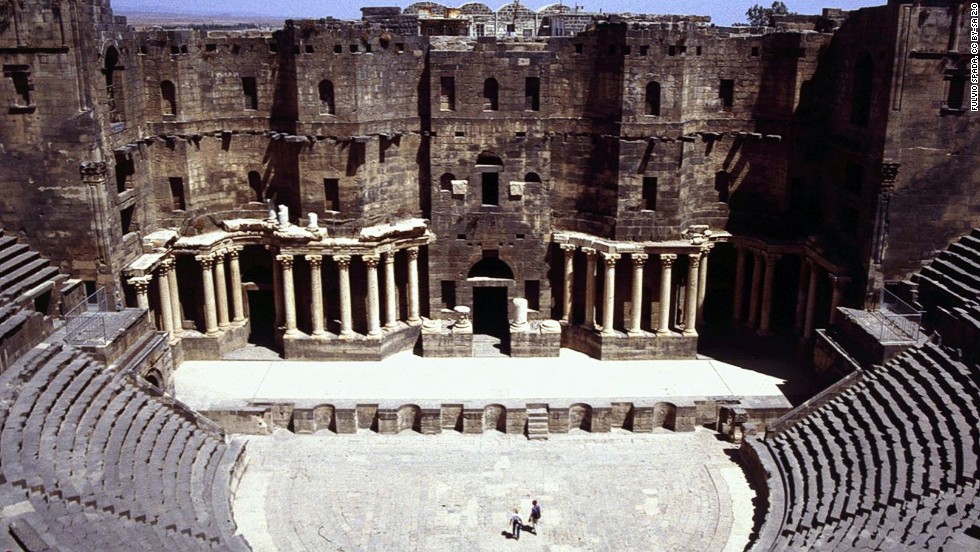
The Great Mosque of Aleppo, Syria — a world heritage site originally built in 715 by the Umayyad dynasty, ranking it among the oldest mosques in the world the epic structure evolved through successive eras, gaining its famous minaret in the late 11th century. This was reduced to rubble in the Syrian civil war in 2013, along with serious damage to the walls and courtyard, which historians have described as the worst ever damage to Syrian heritage.
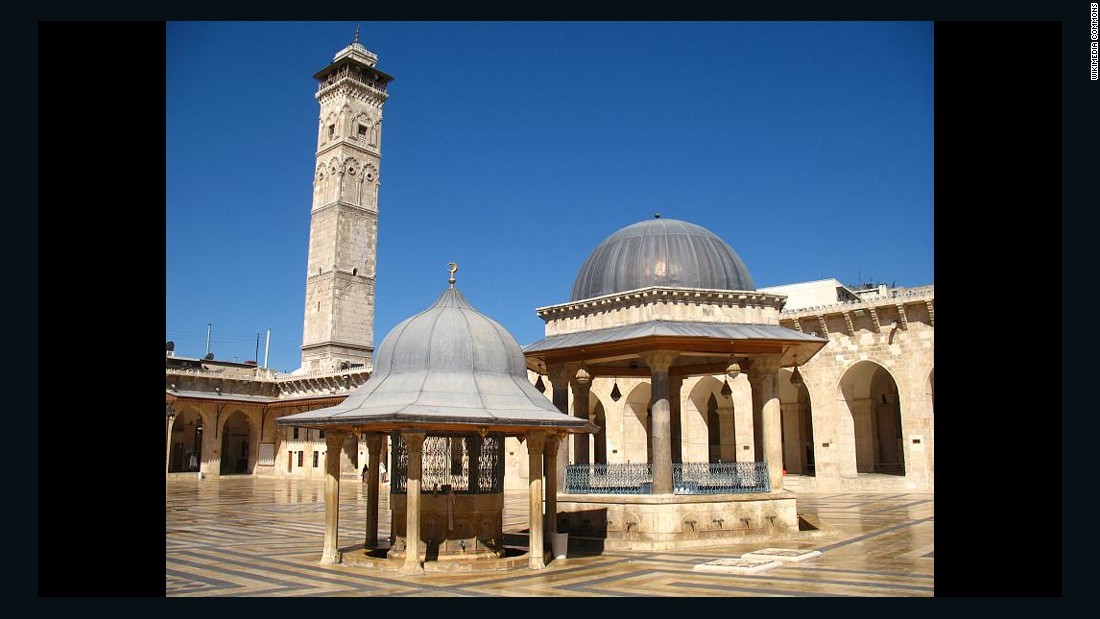
Norias of Hama, Syria — these 20-meter wide water wheels were first documented in the 5th century, representing an ingenious early irrigation system.Seventeen of the wooden Norias (a machine for lifting water into an aqueduct) survived to present day and became Hama's primary tourist attraction, noted for their groaning sounds as they turned. Heritage experts documented several wheels being burned by fighters in 2014.
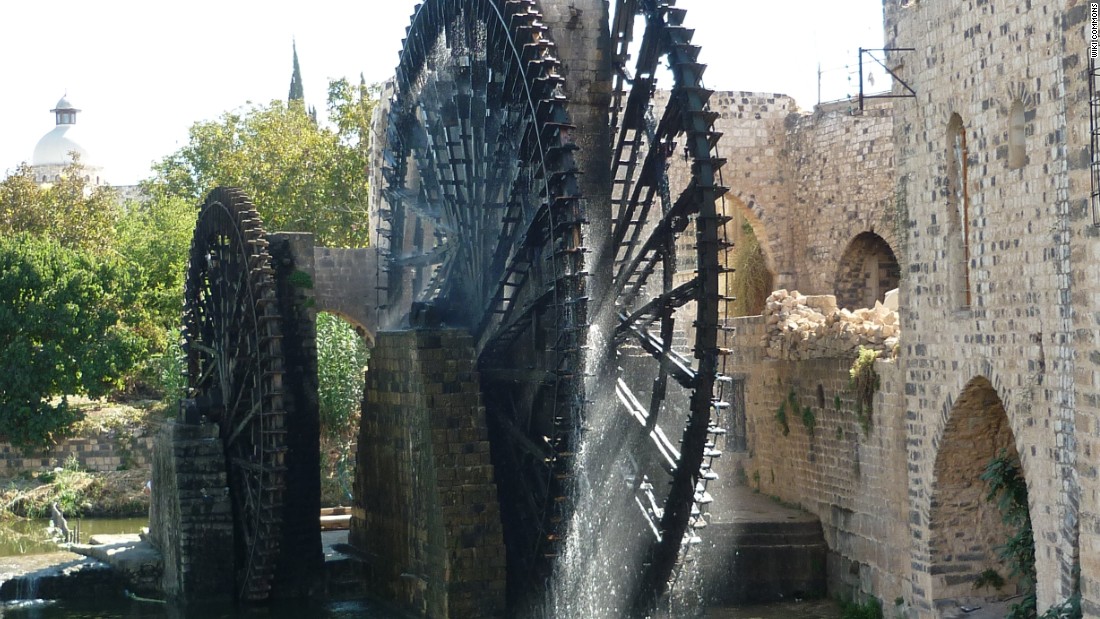
Citadel of Aleppo, Syria — the fortress spans at least four millennia, from the days of Alexander the Great, through Roman, Mongol, and Ottoman rule. The site has barely changed since the 16th century and is one of Syria's most popular World Heritage sites. The citadel has been used as an army base in recent fighting and several of its historic buildings have been destroyed.
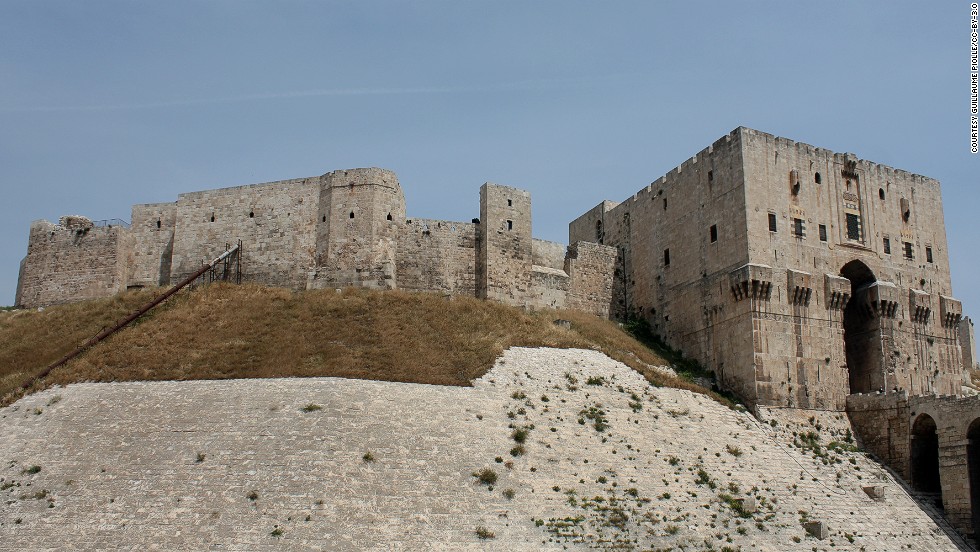
Aleppo Souk, Syria — the covered markets in the Old City are a famous trade center for the region's finest produce, with dedicated sub—souks for fabrics, food, or accessories. The tunnels became the scene of fierce fighting and many of the oldest are now damaged beyond recognition, which UNESCO has described as a tragedy.
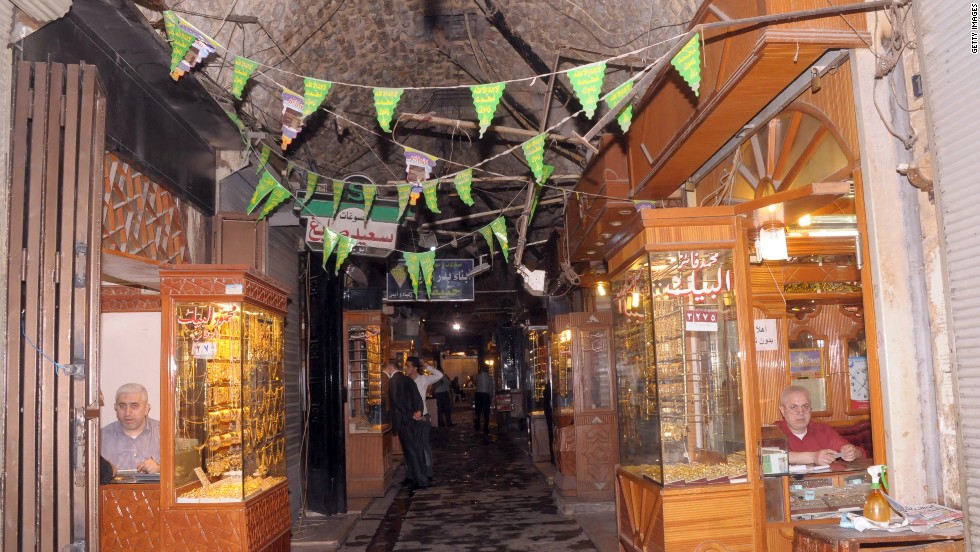
Deir Ez-zor Bridge, Syria — This French built suspension bridge was a popular pedestrian crossing and vantage point for its views of the Euphrates River. It became a key supply line in battle for the city, and collapsed under shelling Deir Ez—zor's Siyasiyeh Bridge was also destroyed.
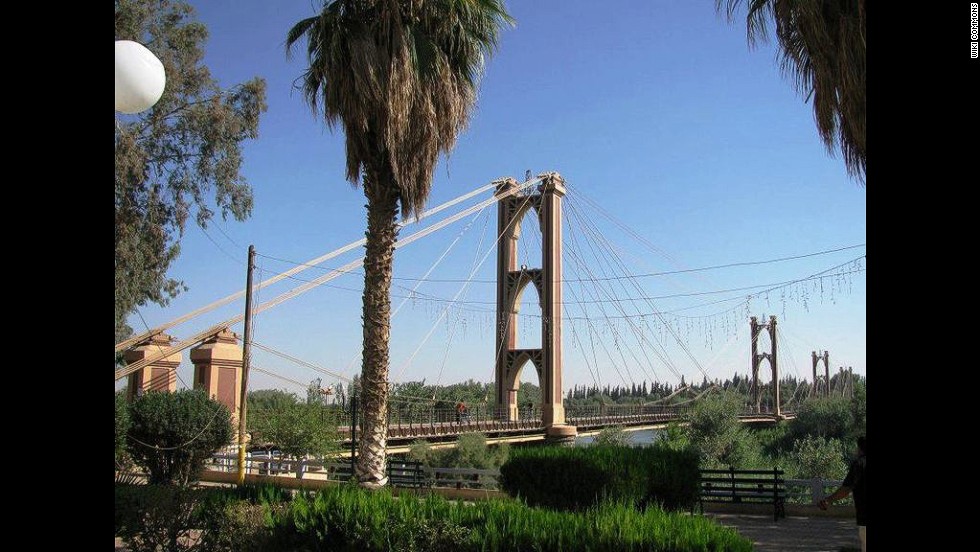
Source: CNN.com


